Home is where the art is: inside J.M.W Turner’s last house
The eight-bedroom property is on the market for £11 million
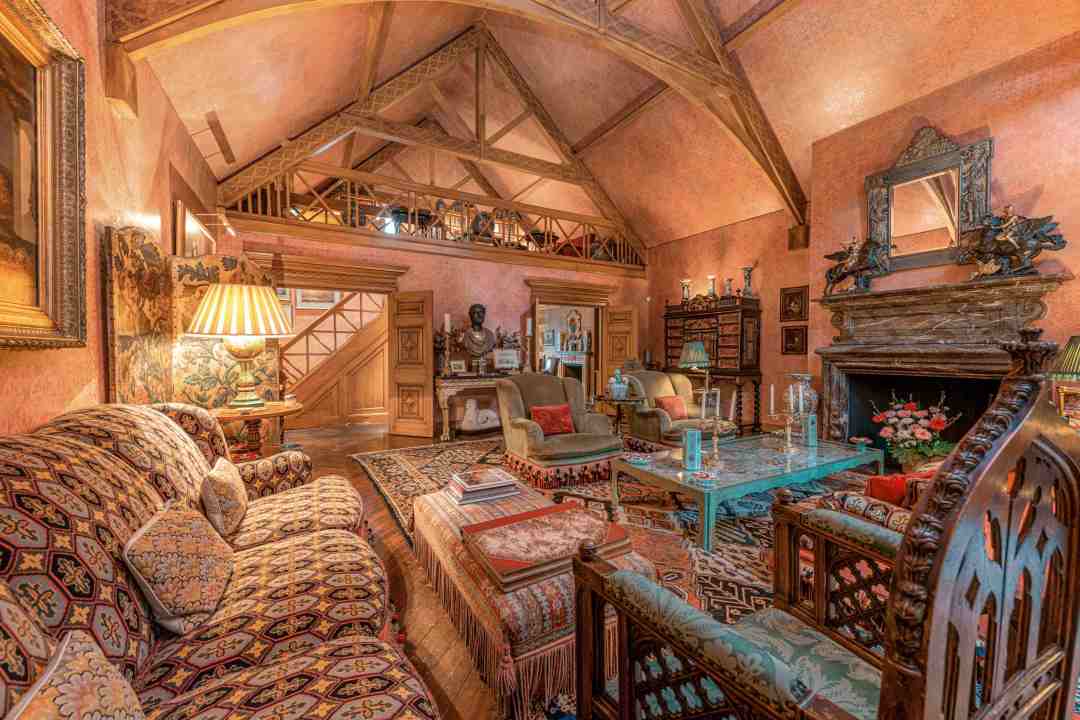
Joseph Mallord William Turner continues to occupy a singular place in British cultural consciousness. The English Romantic artist, watercolourist and printmaker – often referred to as ‘the painter of light’ – elevated landscape painting to high art and, when he died in 1851, left a legacy of 550 oil paintings, 2,000 watercolours and 30,000 works on paper.
When one of these surfaces at auction, it sells for tens of millions of pounds. However, most of his works – with the power of nature, the sea and the industrial revolution as central themes – were bequeathed to the nation. A collection of 300 oil paintings in the Clore Gallery, at Tate Britain, are some of the museum’s most visited; ‘The Fighting Temeraire’ – an 1838 depiction of the last journey of the celebrated gunship, being taken down the Thames before being broken up – has been voted Britain’s favourite painting.
Although the Covent Garden-born artist travelled widely across Britain to research his subjects, he remained at heart a Londoner – he was played with a guttural Cockney accent by Timothy Spall in the Mike Leigh-directed 2014 biopic Mr Turner. Reputedly eccentric and often ill-humoured, Turner – a creative prodigy who studied at the Royal Academy of Art school at the age of 14 – had homes and workspaces across the capital.
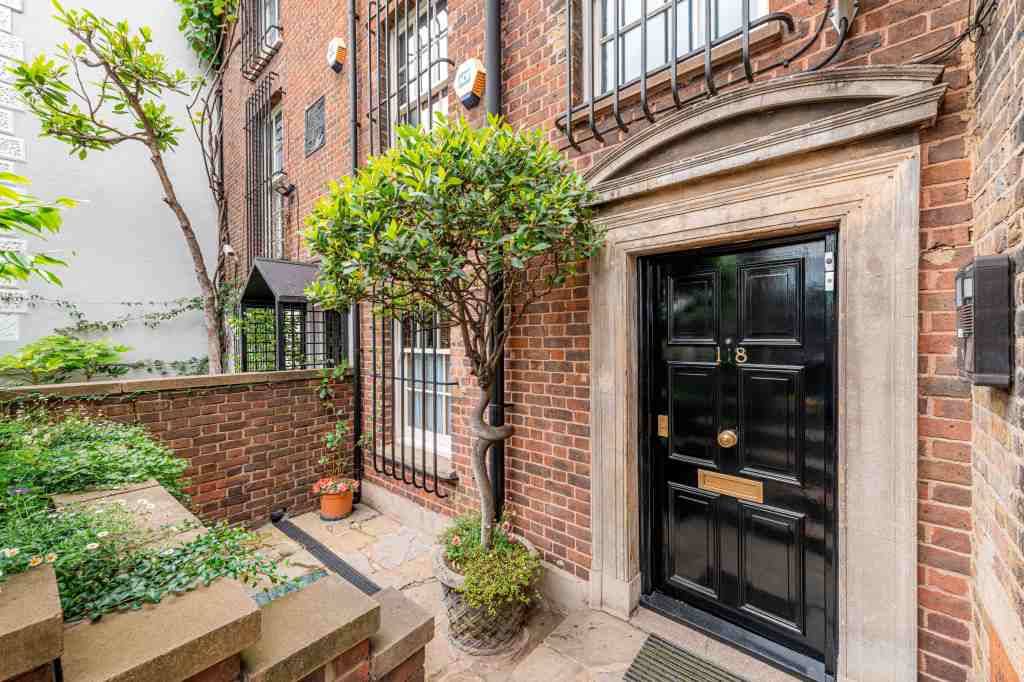
In 1804 he opened a studio on Queen Anne Street West, Marylebone, and kept a permanent home there, although in 1813, to his own designs, he built neoclassical Sandycombe Lodge in Twickenham. He shared that home with his father, a retired barber and wigmaker, before selling it in 1826. Then, having developed a relationship with Margate widow Sophia Booth, the unmarried Turner moved into a house which now forms part of Nos 118 and 119 Cheyne Walk, then a single home overlooking the Thames in Chelsea. He spent the rest of his life in the property, which bears a plaque engraved with a sun, palette and brushes to commemorate his time there.
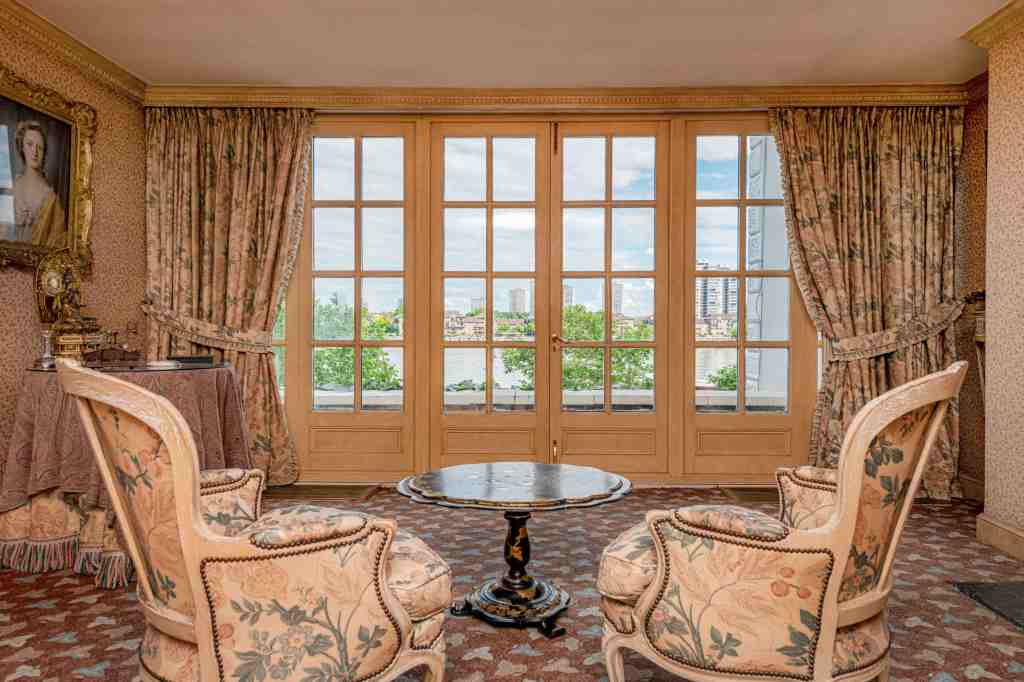
The eight-bedroom, five-bathroom, Grade II-listed house has now hit the sales market for £11 million with Carter Jonas. In Turner’s day, it was a simple three-storey, one bay-wide structure, one of seven homes built in the grounds of what was King Henry VIII’s Chelsea manor house. Turner had the roof flattened and added a railing to make a balcony from which he could observe the river, sketch and paint. But the creator of masterworks such as ‘Tintern Abbey’ and ‘Snow Storm: Hannibal and his Army Crossing the Alps’ reportedly lived incognito here, known by his neighbours (which included a boat builder and shops selling beer and wine) only as ‘Mr Booth’ or ‘The Admiral’, due to the naval greatcoat he habitually wore.
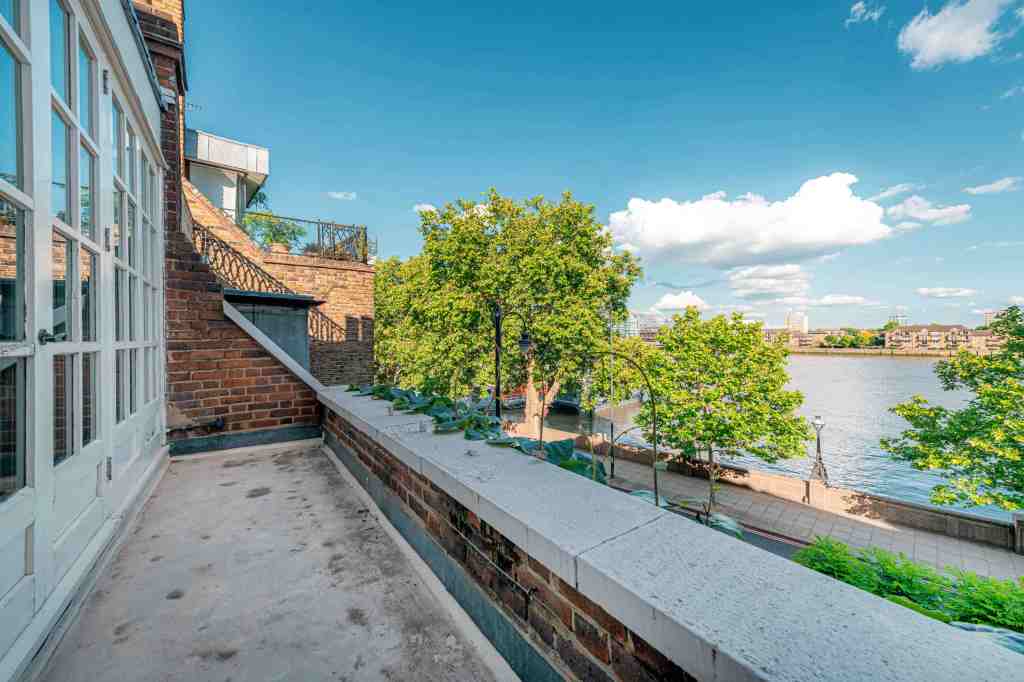
Although we can’t be sure exactly what he produced at Cheyne Walk, his time there certainly coincided with some significant events in his career. In 1850, at the age of 75, Turner – described by seminal critic John Ruskin as the artist who would most ‘stirringly and truthfully measure the moods of Nature’ – exhibited at the Royal Academy four paintings from the story of Dido and Aeneas.
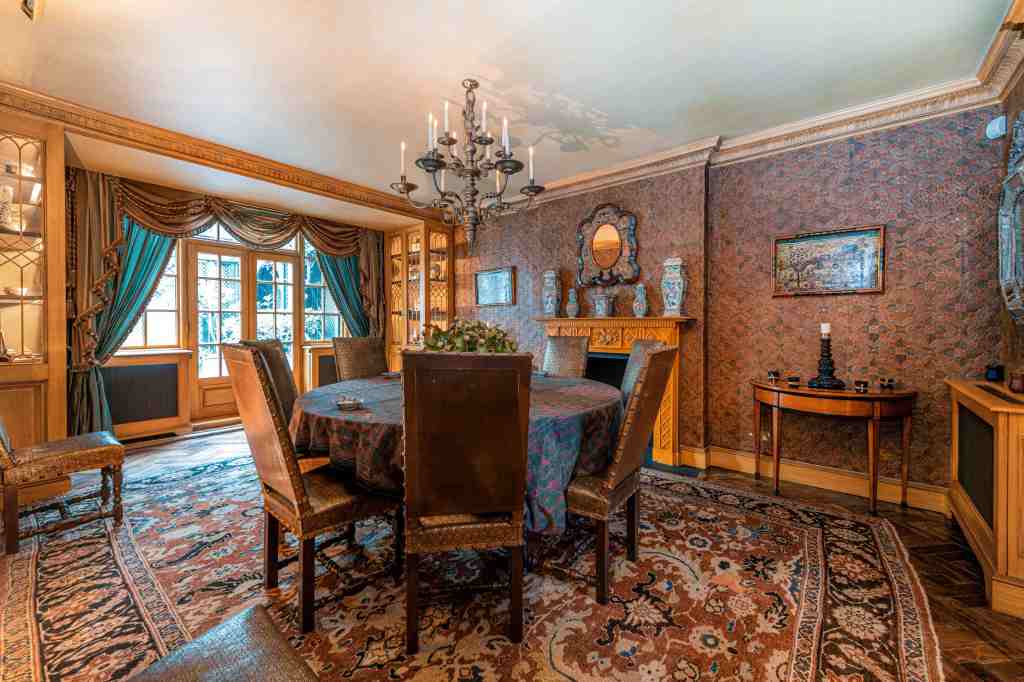
The present owner of the property, who prefers not to be named but who has used it as a family home, still enjoys those same river views, although the house has changed much since the mid 19th-century. After Turner’s death (his final words, it is said, were ‘The sun is God’), the home fell into a parlous state, and there was even a call for its demolition. In the late 1890s, architect and designer Charles Robert Ashbee, a key player in the Arts and Crafts movement, came to its rescue, connecting it to the neighbouring house, restoring windows and repointing brickwork. A scullery and outbuildings replaced some wretched tumble-down buildings and a garden studio was created.
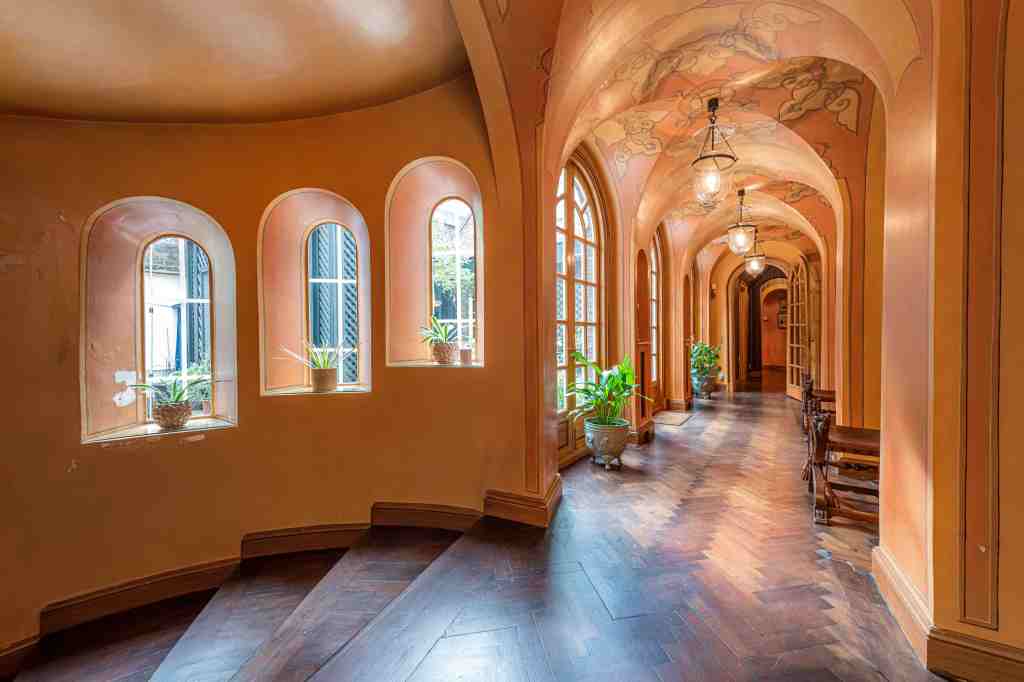
Inside, rooms were panelled with wood, fireplaces restored, oak beams added to support ceilings and cupboard recesses fitted, with much of the work still in evidence today. The hallway has a striking cloistered ceiling and its original herringbone parquet flooring, and the main reception room features a vaulted four metre-high ceiling. Within the 5,200 sq ft of living space, there are two kitchens and a grand formal dining room, with a central courtyard plus three patio gardens and two balconies.
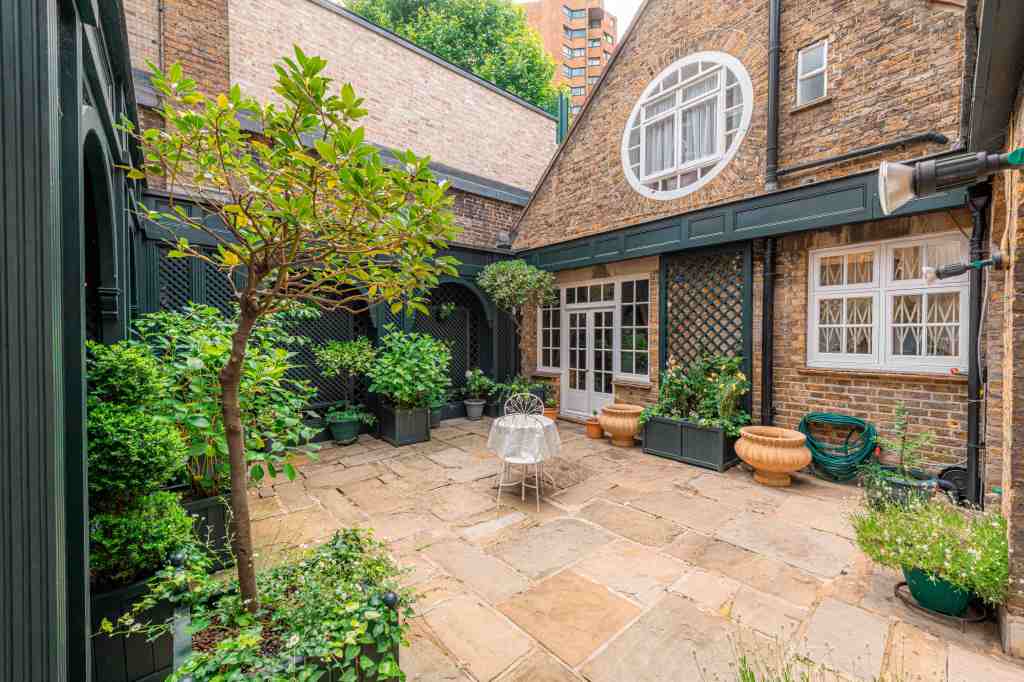
In the 1920 and 1930s, English society beauty Evelyn Fleming, mother of James Bond creator Ian, owned the home – joining a roll call of well-known past and present residents of Cheyne Walk, including Dante Gabriel Rossetti, Sylvia Pankhurst, T.S. Eliot, Mick Jagger and Marie-Chantal, Crown Princess of Greece. The present owner has decorated the property in traditional style, with rich red wall hangings and drapes, four-poster beds, antiques and sculptural busts.
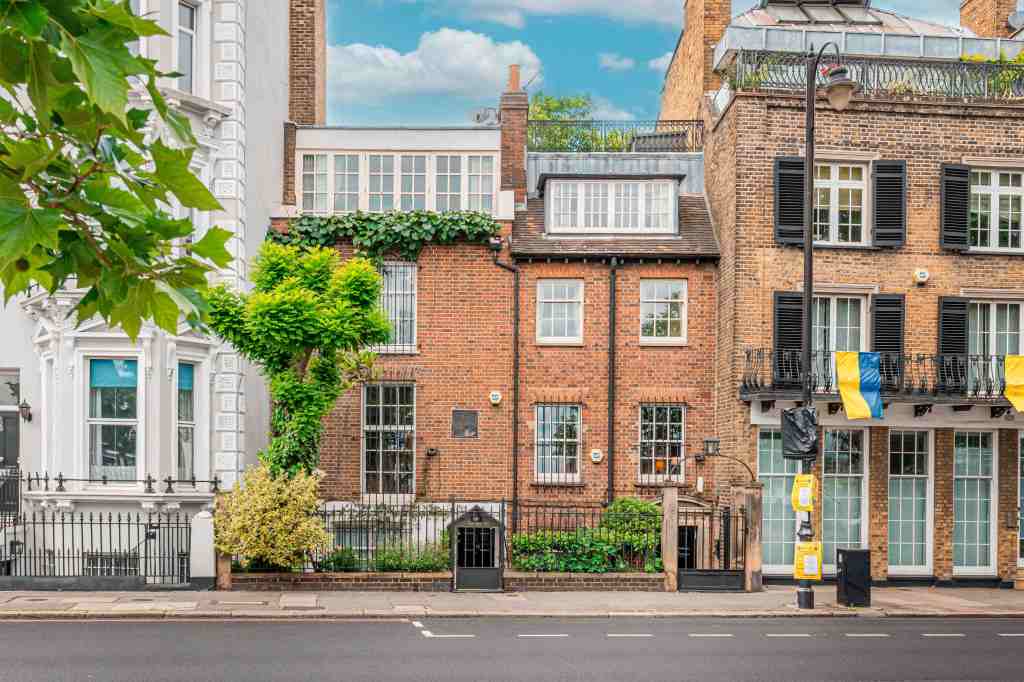
‘Homes with history will always be distinctive, but Cheyne Walk really is one of a kind,’ says Samuel Richardson, head of Carter Jonas’s Mayfair office. ‘It’s a real gem with an extraordinary past, stunning original period features, grand rooms, several terraces and patios, all in the heart of Chelsea on the banks of the River Thames. It’s extremely rare for a home of this magnitude to be available on the open market.’ Whoever buys it should probably just ensure they bring a decent art collection.
Sem comentários:
Enviar um comentário